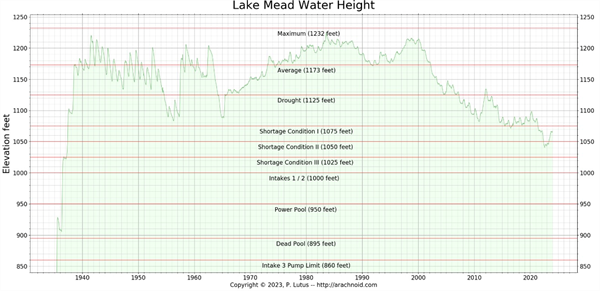-
Sep 20, 2023Lepidopterous Larvae in Fall Produce (2023)
Worm pressure has been picking up in some areas, but lighter than what we experienced this time last year. Beet armyworms are showing up on early lettuce about 8 days or so after wet date, but overall, armyworm pressure appears to be lighter than what we normally see this early in the season. This is also reflected in our pheromone traps where moth captures have been lower than average so far for September. Cabbage looper moth activity has been lower than average as well. A few reports of diamondback moth larva showing up in transplanted and direct-seeded brassica crops but nothing to get excited about. We even had one report of cabbage budworm showing up on organic cauliflower in Tacna. Regardless, it’s late September and you know worms will continue to show up on young stands, particularly if the weather stays warm. Average temperatures over the next 14 days are forecasted to be around 85°F; that’s ideal for Lep larval development, oviposition, and reproduction. Remember, temperatures drive larval development and adult moth oviposition, particularly when nighttime temps stay warm (in the 70s). The moths are nocturnal and will actively oviposit when evenings are warm, and winds are light. If average temperatures remain around 80-85°F, worms will be active at damaging levels. So, keep an eye on the weather forecast as the season progresses, especially the nighttime temperatures.
Fortunately, there are several effective insecticides that can be applied as stand-alone foliar products that provide effective residual control of these lepidopterous species. Radiant, Proclaim, Intrepid, Avaunt and the Diamides (Coragen, Exirel, Besiege, Minecto Pro, Harvanta) can provide good knockdown and extended residual control of beet armyworms and cabbage loopers. That’s five effective modes of action to rotate with. Addition of a pyrethroid can enhance knockdown of corn earworm and cabbage looper for many of the products (i.e., Intrepid, Proclaim), as well as provide moth suppression. Of course, residual control will often depend on the rate applied. In general, the higher the rate, the longer the residual. But this will also depend on plant size at time of application and how fast the plant is growing. Before selecting a product for worm control, be conscious of chemistries previously used on the crop. If your grower has applied a diamide soil treatment at planting (i.e, Coragen, Verimark), use another chemistry to control worms once the soil residual has played out, usually around 30 days after wet date. For resistance management purposes, avoid using a foliar diamide product on crops treated with a soil applied diamide at direct-seeding or transplant for a least 60 days. Also, when practicable avoid using products with the same mode of action more than twice on any given field. More information on the insecticides available for effective control of Lep larvae can be found in this documents: Lepidopterous Larvae Management in Desert Produce Crops, 2023 To contact John Palumbo go to: jpalumbo@ag.Arizona.edu
To contact John Palumbo go to: jpalumbo@ag.Arizona.edu












